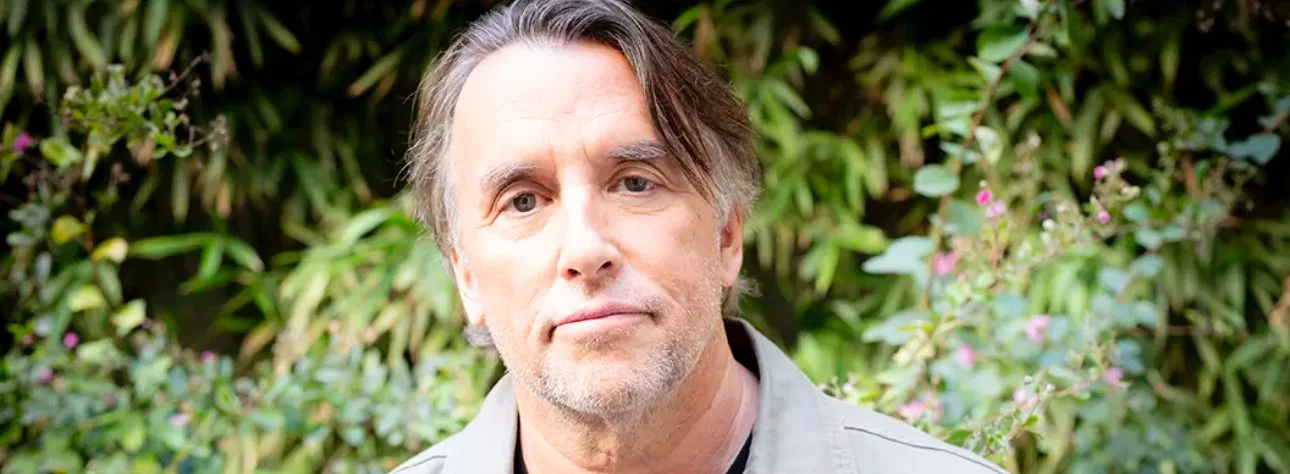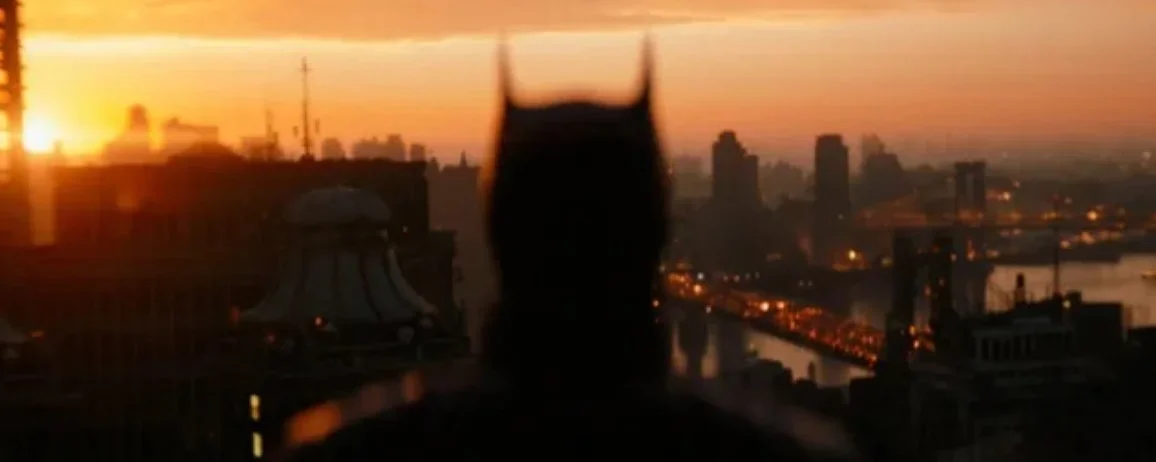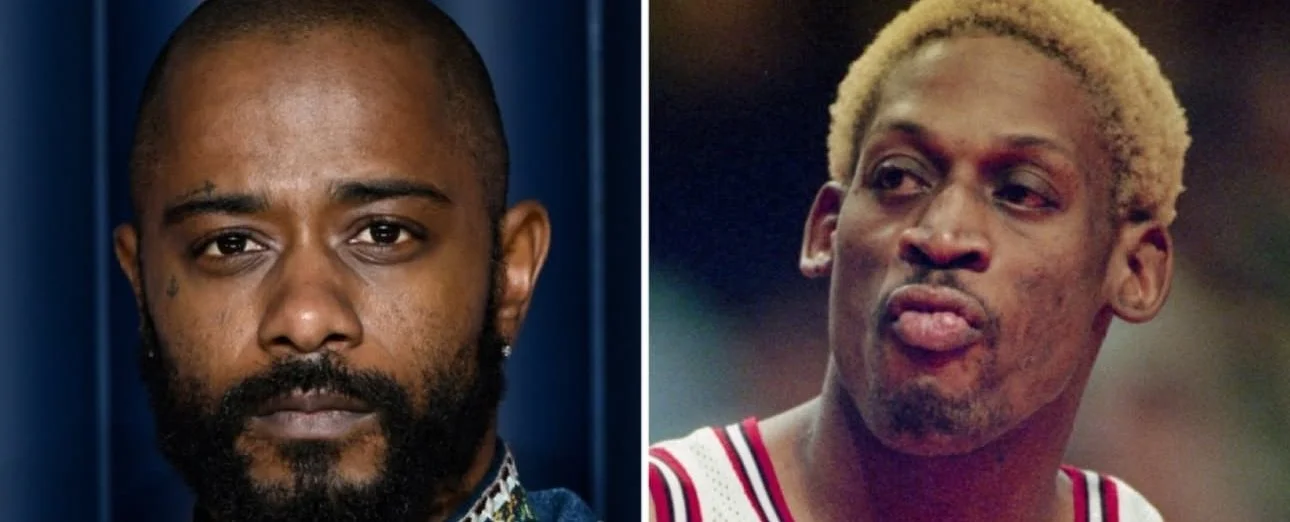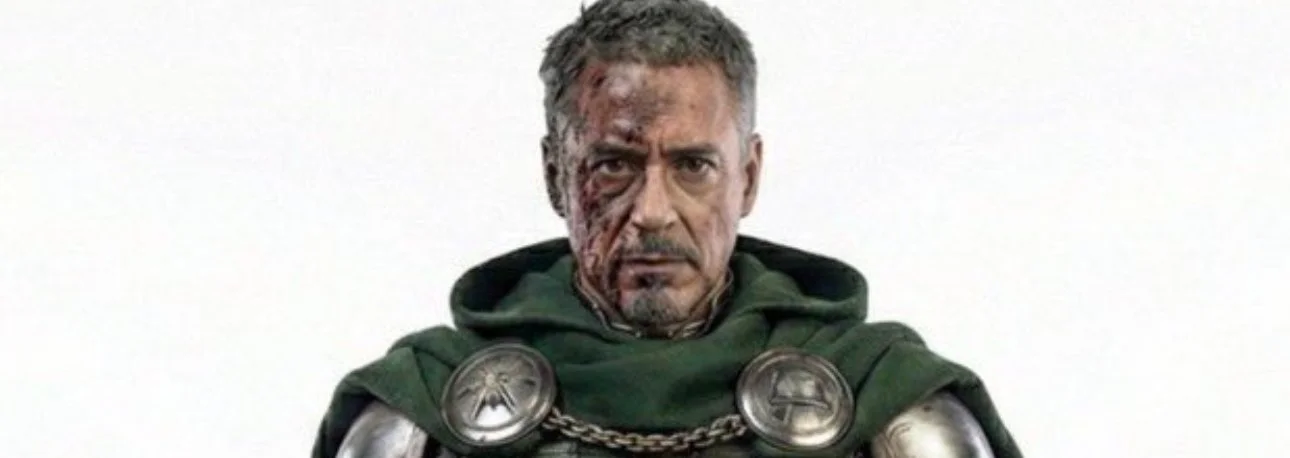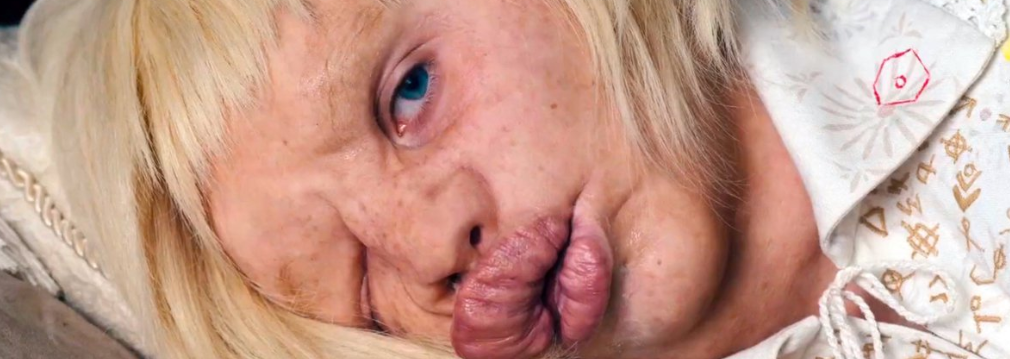Last month, the first test screening of Nia DaCosta’s “28 Years Later: The Bone Temple” occurred, and early reactions suggest we might be looking at something surprisingly strong.
Audience reports indicate multiple applause breaks during the film. One attendee who loved the first film said, “I thought part 1 was outstanding, but this surpassed it.”
Jack O’Connell, coming off “Sinners,” is already being touted for “villain performance of the year” for the second year in a row. The central dynamic is essentially a duel between O’Connell and Ralph Fiennes’ bone shriner,a Dr. Ian Kelson, who has a larger role than in the first instalment and delivers a performance that’s “even better” than the previous film.
The script, penned by Alex Garland, impresses, particularly the third act, which reportedly elicited a strongly positive reaction from attendees when the narrative took a bold turn. One insider hinted that there’s a sequence in the final act that will be talked about for much of 2026.
Cinematically, the sequel takes a more traditional approach than its predecessor. Unlike the first film, there’s no evidence that iPhones or handheld cameras dominated the production; instead, DaCosta embraces a more classical filming style.
The timing of this sequel is particularly notable given where the franchise currently stands. Danny Boyle’s “28 Years Later” grossed $70M domestically and $150M worldwide, but despite glowing critical reviews, it hasn’t connected with general audiences in the way Sony had hoped.
That low 64% user rating on Rotten Tomatoes and PostTrak scores in the 50s have raised alarm bells. With a reported production budget anywhere between $60-$75M, “28 Years Later” is at risk of jeopardizing the greenlight for a trilogy capper, which would be directed by Danny Boyle . Sony had originally planned the film to launch a new trilogy, with ‘The Bone Temple,’ which has already wrapped filming, currently set for a January 2026 release.
The third and final entry remains unfunded by Sony. Whether it gets made will hinge entirely on the second instalment’s performance. Boyle has even stated that Cillian Murphy would lead the third film, likely a move aimed at selling the project to both audiences and Sony head Tom Rothman, but whether the studio bites remains uncertain. The script for that final instalment still hasn’t been written.
“28 Years Later” perfectly illustrated the divide between critics and general audiences. Its refusal to function as a typical legacy sequel turned out to be both its strength and its downfall. On one hand, it’s refreshing to see a sequel take bold risks rather than lean on familiar franchise tropes. On the other, mainstream viewers tend to crave cinematic comfort food, and this film, with its loose, anti-plot structure, offers anything but.
If these early reactions to ‘The Bone Temple’ hold, the sequel has a chance to redeem the franchise in the eyes of some disappointed fans, but also potentially convince Sony to commit to the trilogy’s final chapter.
